Best Cloth Nappies in Australia 2024
Choosing the right nappies is a big decision for any parent. With more families considering eco-friendly options, cloth nappies have become increasingly popular in Australia. Not only are they a sustainable choice, but they also offer cost savings and a comfortable fit for babies. Here, we cover everything you need to know about the best cloth nappies for 2024, from how they compare to disposables to tips for managing nappy changes and cleaning routines.
Cloth Nappies vs Disposables
When deciding between cloth and disposable nappies, it’s essential to weigh both convenience and environmental impact. Disposable nappies are convenient and widely available, but they contribute significantly to landfill waste, taking hundreds of years to decompose. Cloth nappies, by contrast, are washable and reusable, helping reduce environmental impact and ultimately saving you money. In fact, parents can save up to $5,000 over the course of a child’s nappy-wearing years by choosing reusables.
Additionally, cloth nappies are free of the chemicals commonly found in disposables, which can cause nappy rash and irritation. With internal layers designed to wick away moisture and natural, absorbent materials like bamboo and hemp, they’re gentle on sensitive skin. If you’re looking for a nappy option that’s better for the planet and your baby, explore our Mimi & Co Originals 2.0 Modern Cloth Nappy.
How is a Reusable Nappy Structured?
Modern cloth nappies, also called MCNs (Modern Cloth Nappies), have come a long way. Gone are the days of bulky, pinned-up cloth squares; today’s cloth nappies are stylish, trim, and effective. They consist of three main components:
-
Waterproof Layer: The outer layer, made from materials like TPU or PUL, keeps wetness contained. This layer can even be made from wool for a breathable option.
-
Absorbent Layer: Inside the waterproof cover, materials like bamboo, cotton, and hemp absorb moisture effectively. Each material has unique benefits, from bamboo’s quick absorption to hemp’s antimicrobial properties.
-
Stay-Dry Layer: Designed to wick moisture away from your baby’s skin, materials like athletic wicking jersey or suede cloth keep your baby dry and comfortable. Interested in learning more? Check out our nappy fabric guide to see how each material compares.
Types of Reusable Nappies
Reusable nappies come in various types, each suited to different needs. Here’s a quick breakdown:
-
All-in-Ones (AIOs): These nappies combine waterproof and absorbent layers in a single design, making them as easy to use as disposables. AIOs are popular for their simplicity.
-
All-in-Twos (AI2s): With a removable absorbent layer, AI2s dry faster and can be customized by adding extra inserts for increased absorbency.
-
Pocket Nappies: These nappies have a pocket for inserting absorbent layers, which can be adjusted to the baby’s needs. Pocket nappies offer flexibility, though they require a bit more assembly.
-
Fitted Nappies: These absorbent nappies need a waterproof cover and offer excellent overnight protection. They’re ideal for heavy wetters and can be paired with additional inserts.
For more on choosing the right nappy type for your family, see our nappy type comparison guide.
Sizing
Finding the right fit is essential for a leak-proof experience. Many cloth nappies come in one-size-fits-most designs, which allow parents to adjust sizing as their baby grows. However, fitted options are also available for parents who prefer a snugger fit, especially during the newborn phase. For guidance, check out our fit and sizing guide on the Mimi & Co website.
Reusable Nappies: How Much Work Is It?
One of the biggest concerns for new cloth nappy users is the extra washing. However, with the right routine, cleaning cloth nappies can be simple. A regular wash routine involves a pre-rinse to remove any solids, followed by a long wash cycle with an eco-friendly detergent. Line drying is ideal for maintaining nappy longevity and reducing environmental impact, though occasional tumble drying on low can be helpful in wet weather.
For a full breakdown on setting up a washing routine, see our cloth nappy care guide.
How to Deal with Number 2’s
Handling solid waste is a common question, but it’s easier than you might think. Many parents use a liner in the nappy, which catches solids and makes cleanup simple. For breastfed babies, nappies can often go straight into the wash. For older babies, you can knock any solids into the toilet first. For more on managing messy changes, see our tips for handling solids.
Helpful Accessories
Accessories can make cloth nappying even easier and more effective. Here are a few must-haves:
-
Reusable Liners: These make removing solids easy and minimize staining.
-
Wet Bags: Essential for storing used nappies when on the go, wet bags are waterproof and keep odors contained.
-
Nappy Sprayers: This optional tool attaches to your toilet for easy rinsing of solids.
My Experience with Cloth Nappies
Switching to cloth nappies has been a rewarding journey for many parents. Not only have they saved money and reduced waste, but they also enjoy peace of mind knowing they’re using safe, gentle products on their babies. Read more stories from families using Mimi & Co nappies and see how easy cloth can be!
Switching to cloth nappies doesn’t have to be overwhelming. With so many styles, sizes, and accessories available, there’s a perfect setup for every family. To get started, explore the Mimi & Co collection and find the best cloth nappies for your needs.


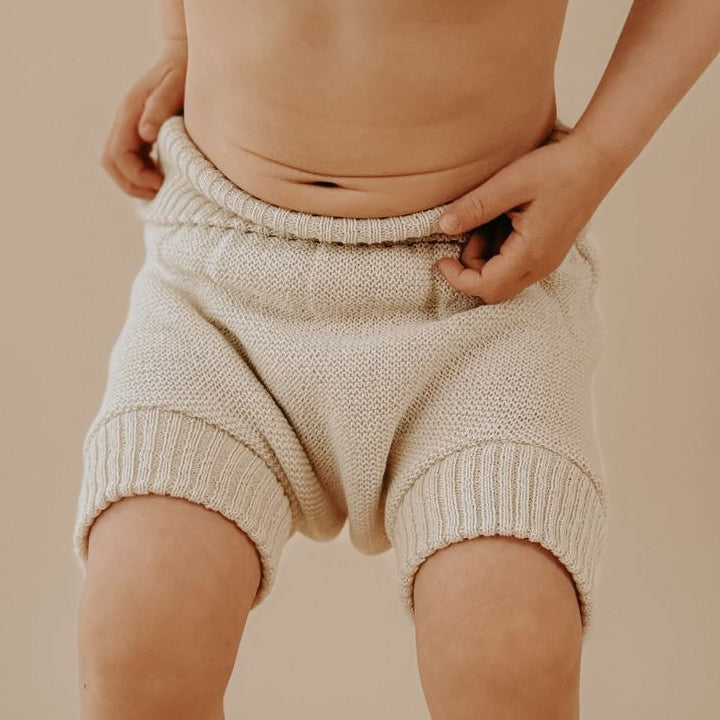
![Swim Nappy Bundle [Ship Oct 5 - 10] - Mimi & Co](http://mimiandco.com.au/cdn/shop/files/swim-nappy-bundle-ship-oct-5-10-5796576.jpg?v=1761125410)

![Toilet Training Undies Pants [Jan Preorder] - Mimi & Co](http://mimiandco.com.au/cdn/shop/files/toilet-training-undies-pants-jan-preorder-6316642.jpg?v=1766216229&width=1200)
![Reusable Bamboo Mimi™ Wipes [5 Pack] - Mimi & Co](http://mimiandco.com.au/cdn/shop/files/reusable-bamboo-mimi-wipes-5-pack-7600782.jpg?v=1761445103)

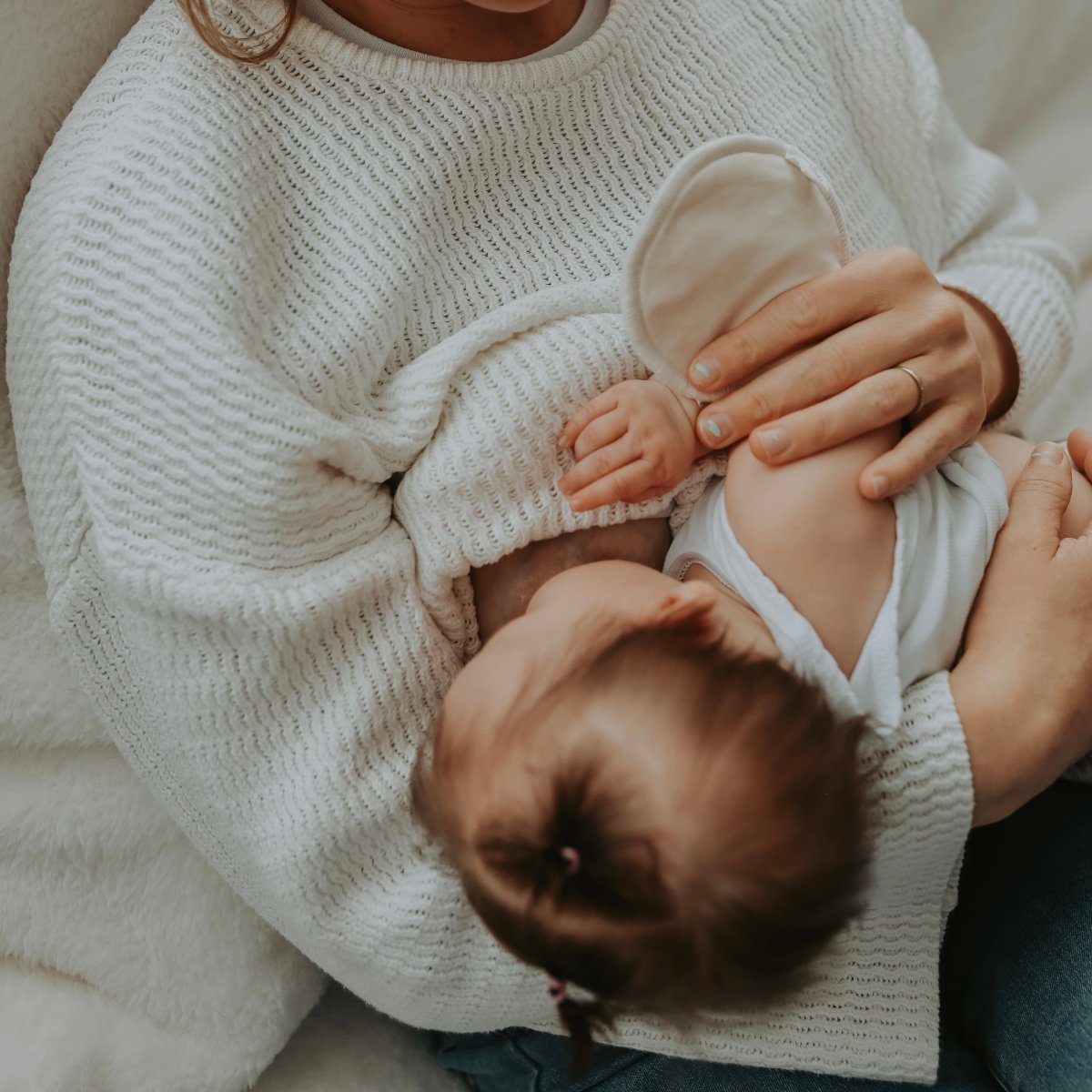
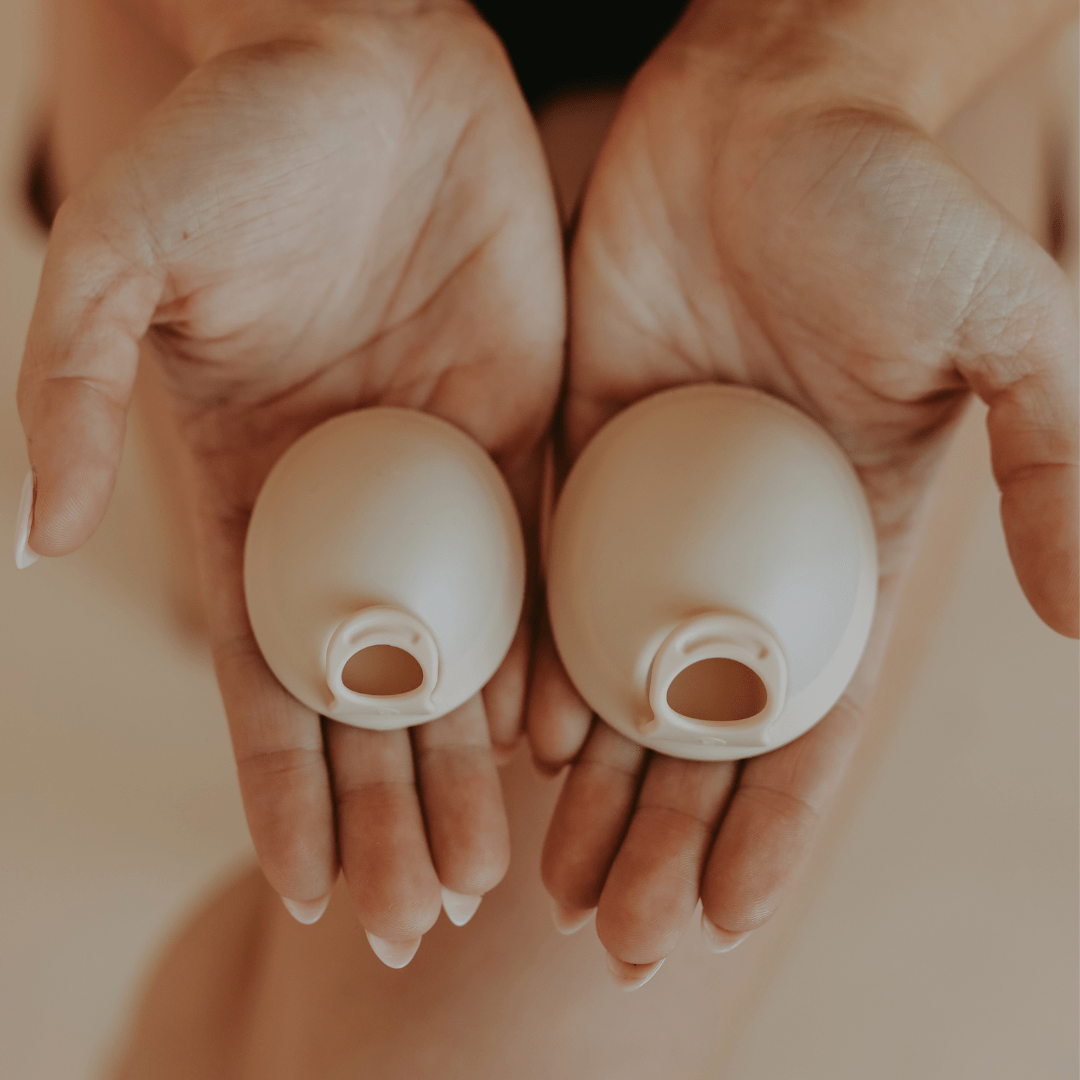
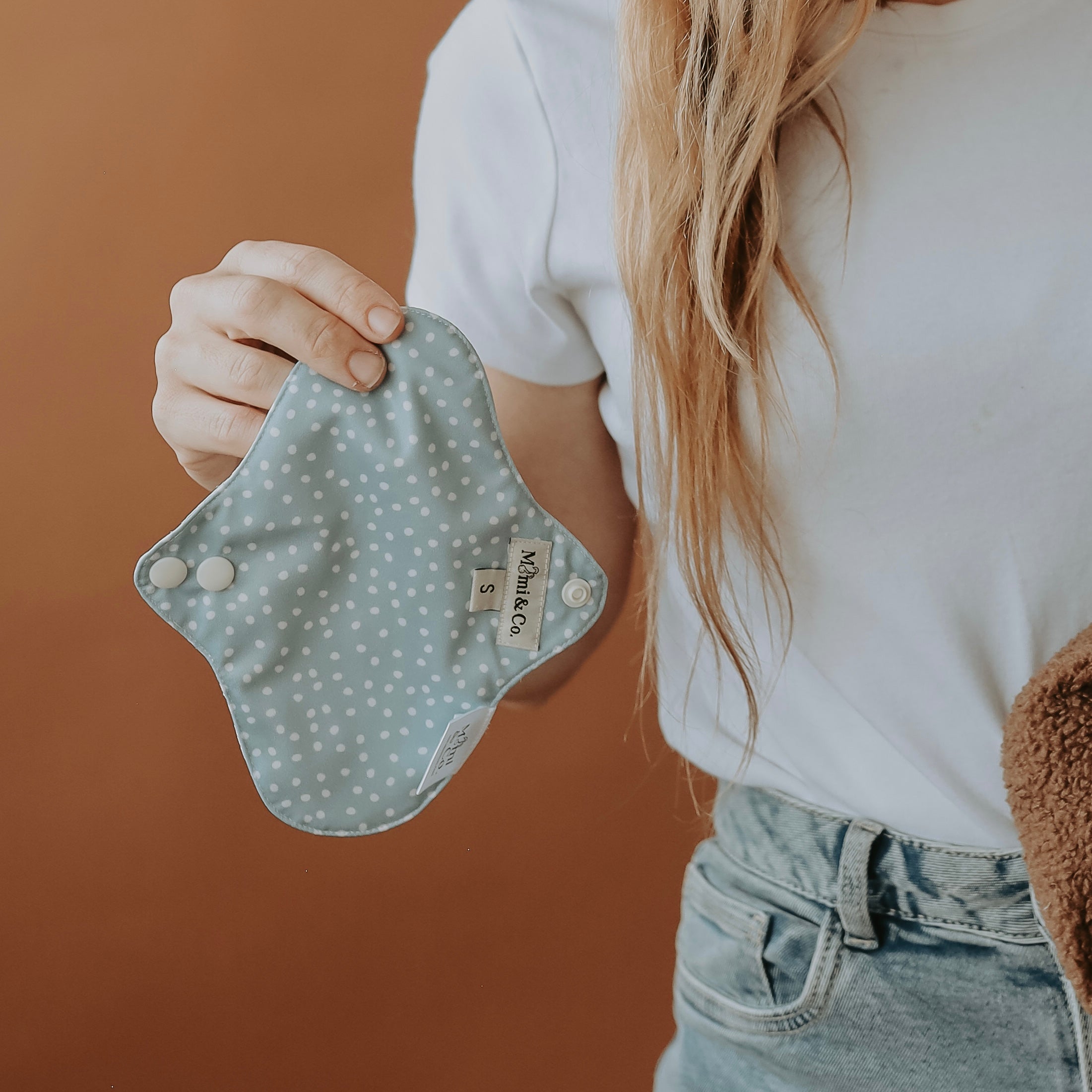
![Reusable Mimi® Menstrual Underwear [Shipping 31/9] - Mimi & Co](http://mimiandco.com.au/cdn/shop/files/reusable-mimi-menstrual-underwear-shipping-319-6508918.png?v=1759809525)
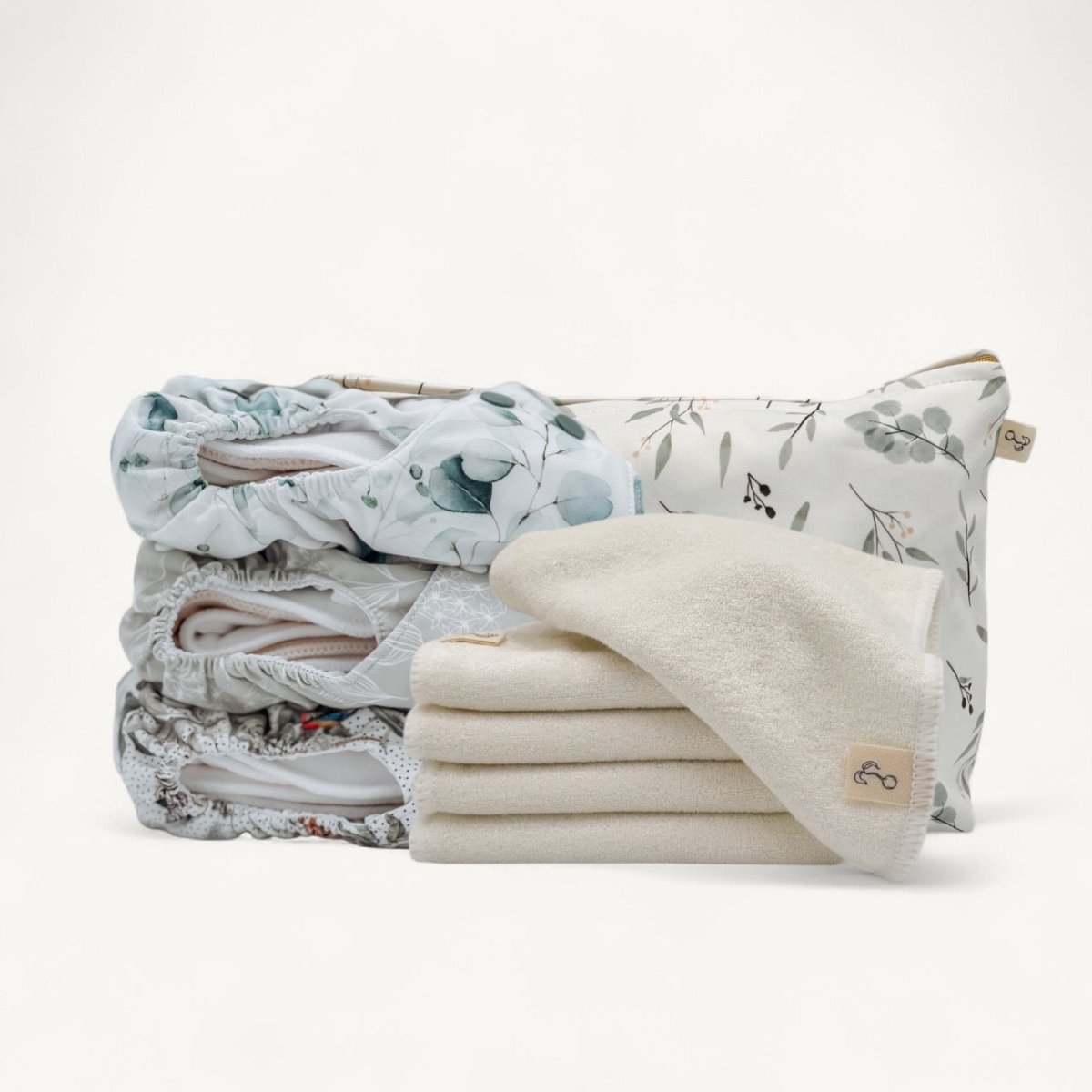
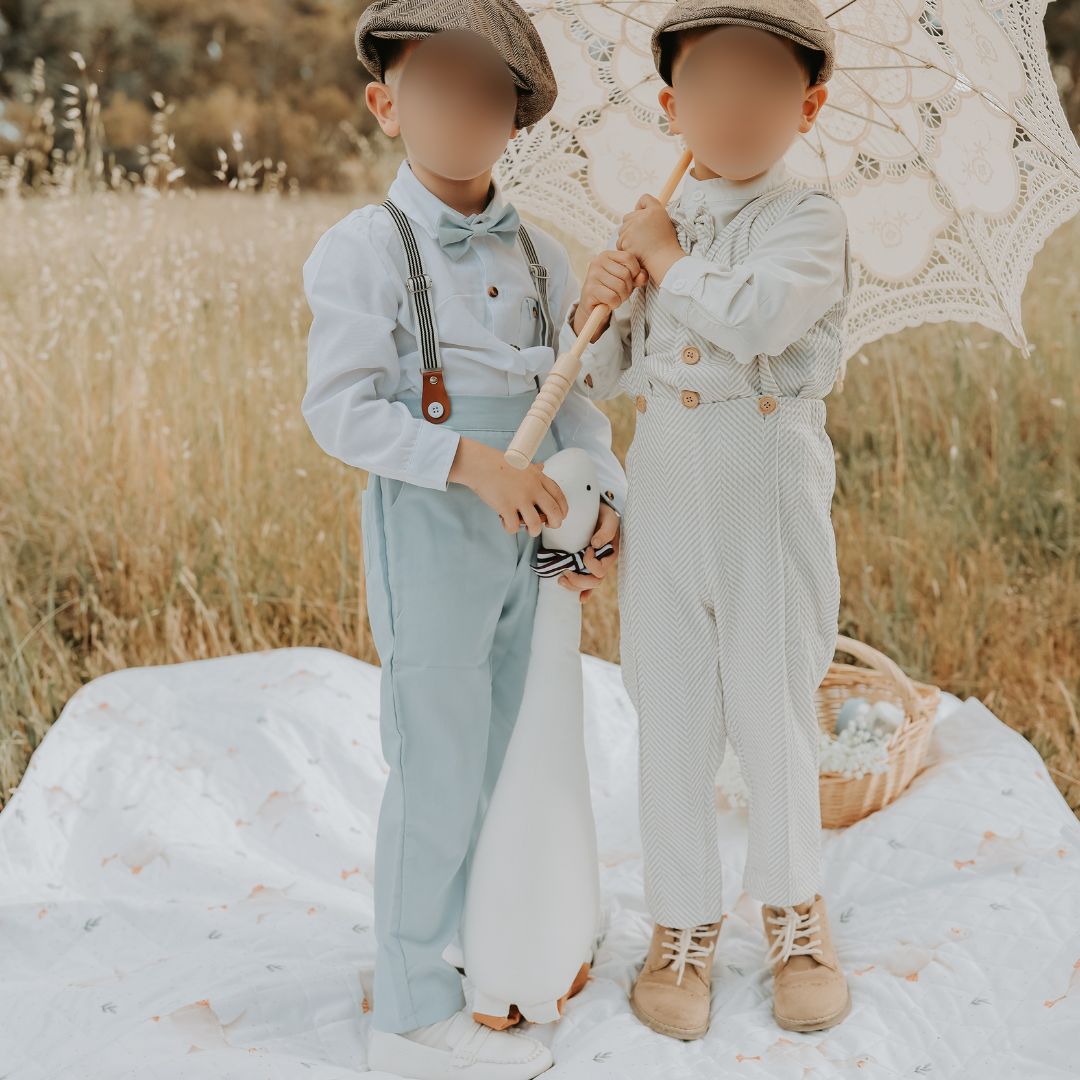
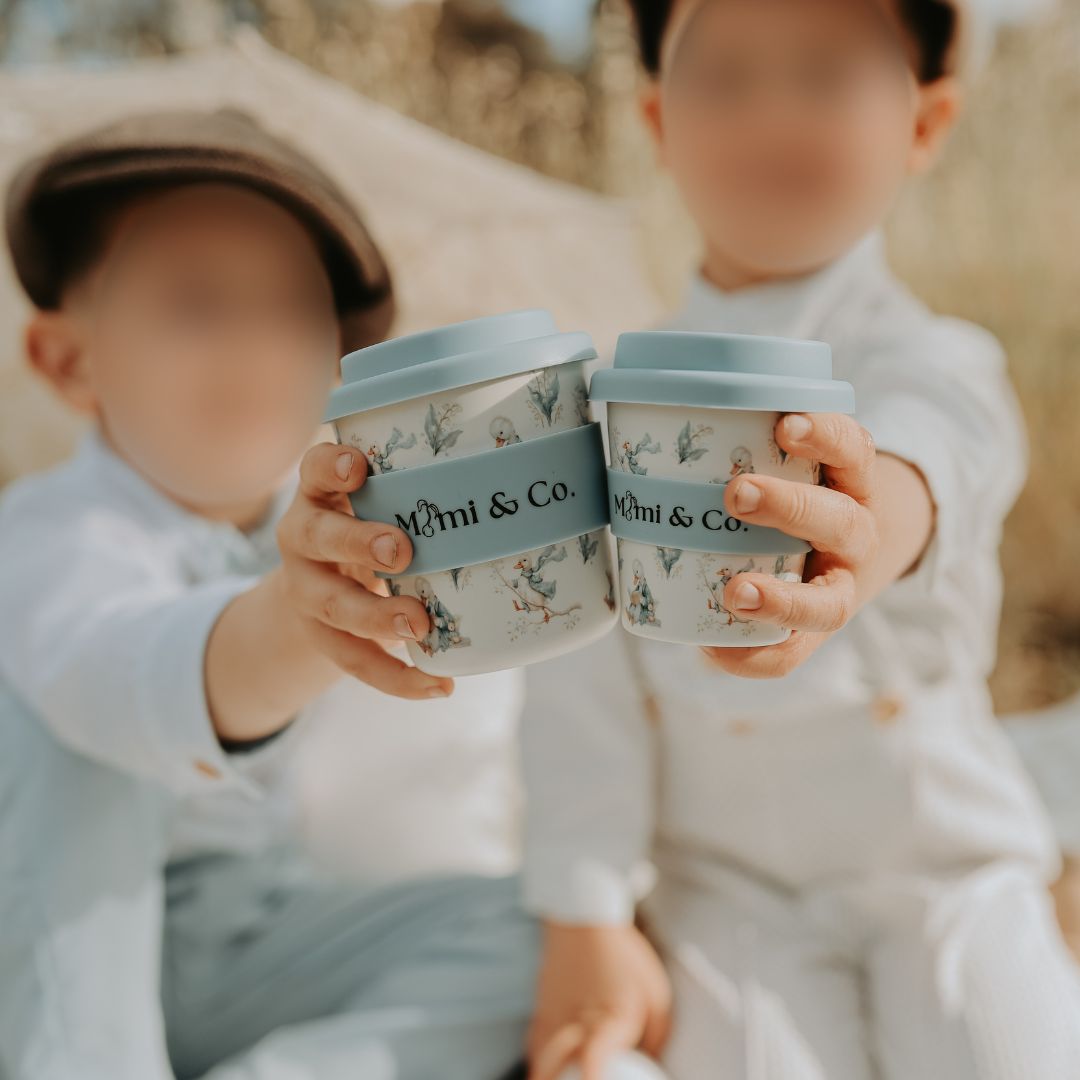
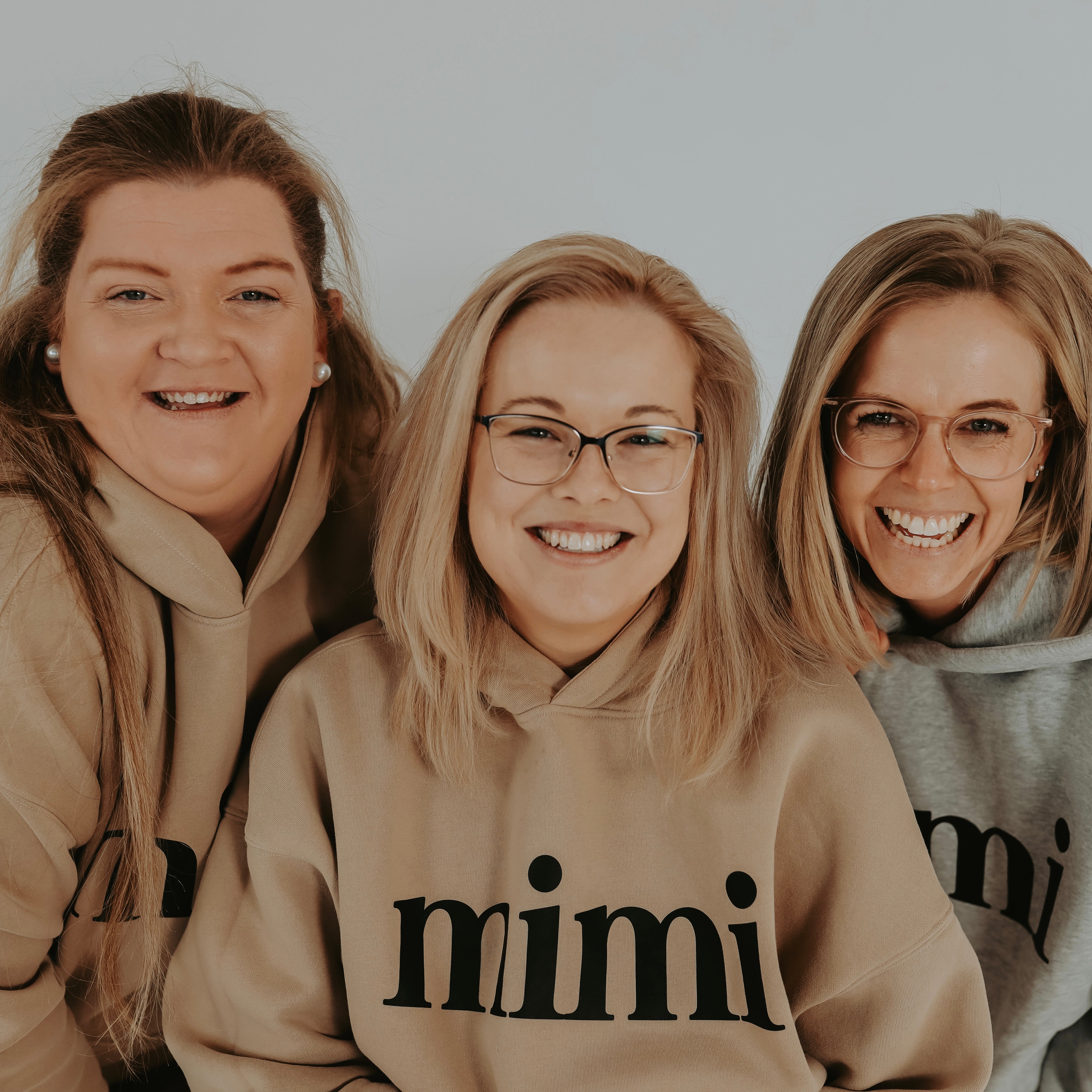
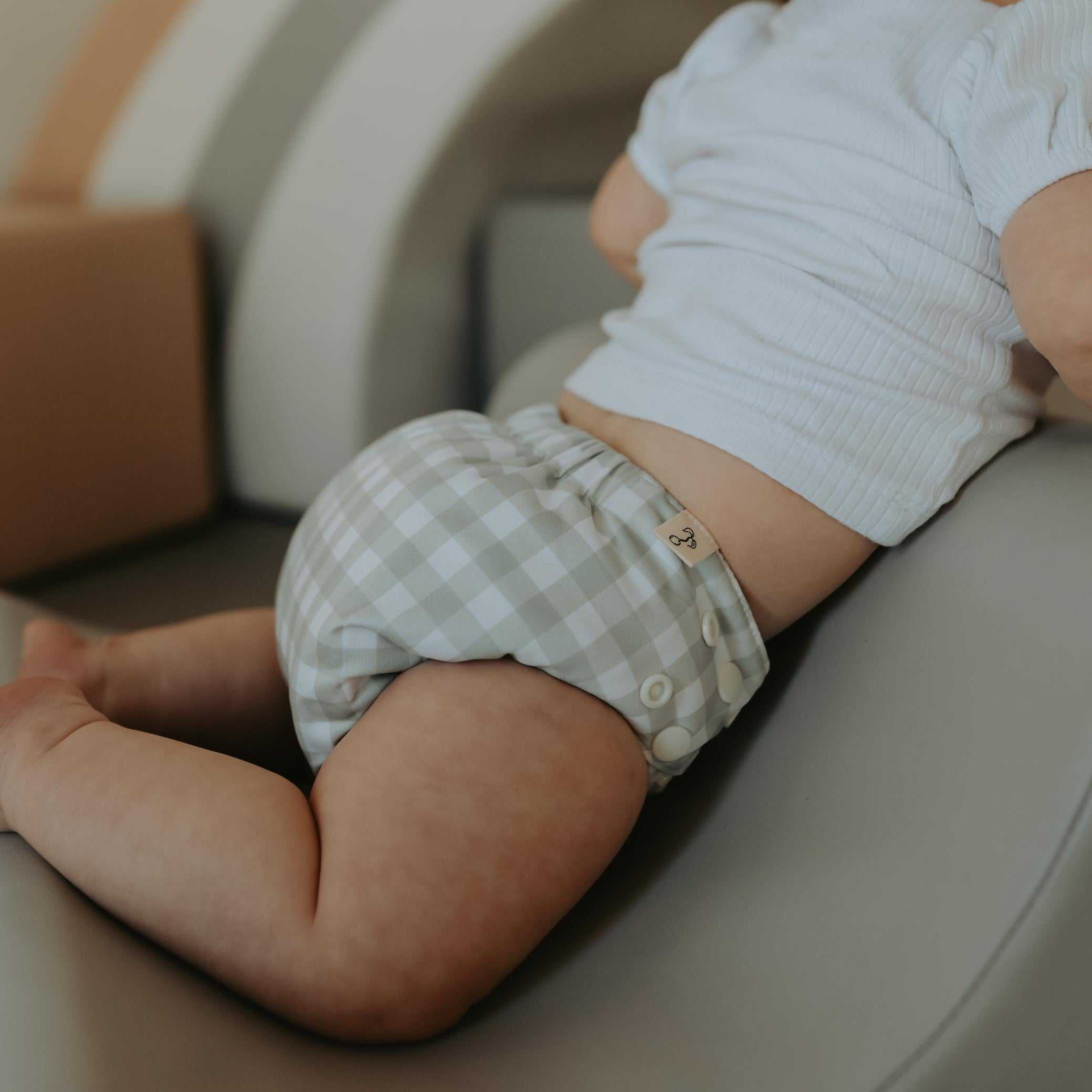

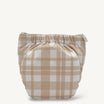
![One Size Fits Most Preflat [PreOrder] - Mimi & Co](http://mimiandco.com.au/cdn/shop/files/one-size-fits-most-preflat-preorder-761880.webp?v=1759809321&width=104)

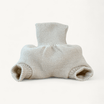

![Toilet Training Undies Pants [Jan Preorder] - Mimi & Co](http://mimiandco.com.au/cdn/shop/files/toilet-training-undies-pants-jan-preorder-6316642.jpg?v=1766216229&width=104)
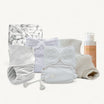
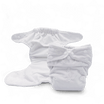

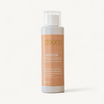
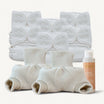
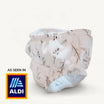
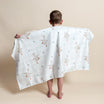

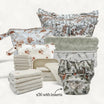
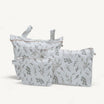
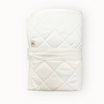
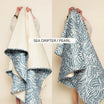
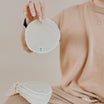
![Reusable Bamboo Wipes [5 Pack] - Mimi & Co](http://mimiandco.com.au/cdn/shop/files/reusable-bamboo-wipes-5-pack-580411.webp?v=1764820089&width=104)
![Organic Cotton Wipes [5 Pack] - Mimi & Co](http://mimiandco.com.au/cdn/shop/files/organic-cotton-wipes-5-pack-7079645.png?v=1759809401&width=104)
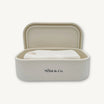
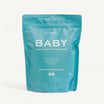
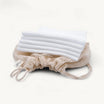

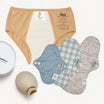
![Reusable Mimi® Menstrual Underwear [Shipping 31/9] - Mimi & Co](http://mimiandco.com.au/cdn/shop/files/reusable-mimi-menstrual-underwear-shipping-319-6508918.png?v=1759809525&width=104)
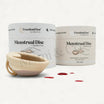
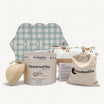
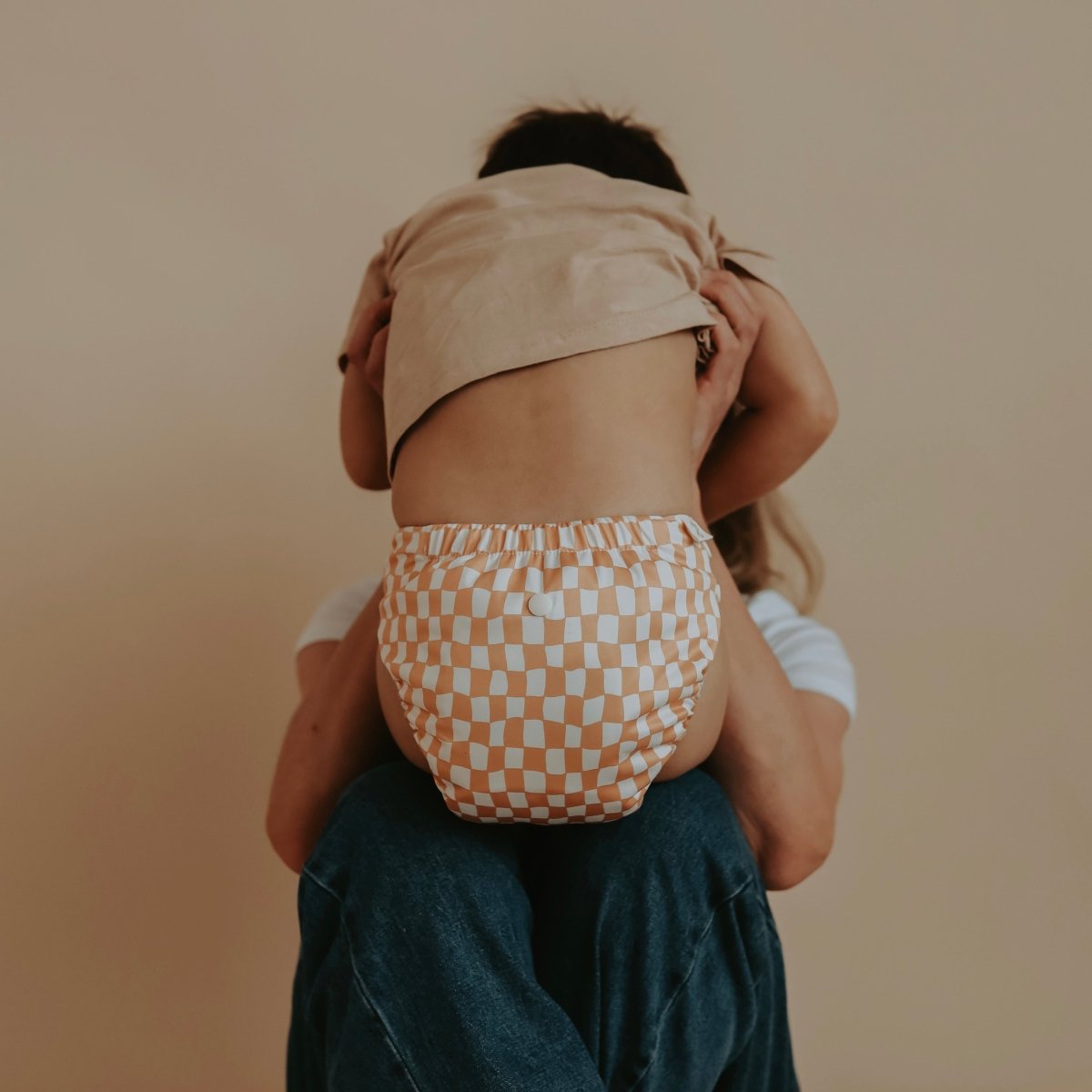
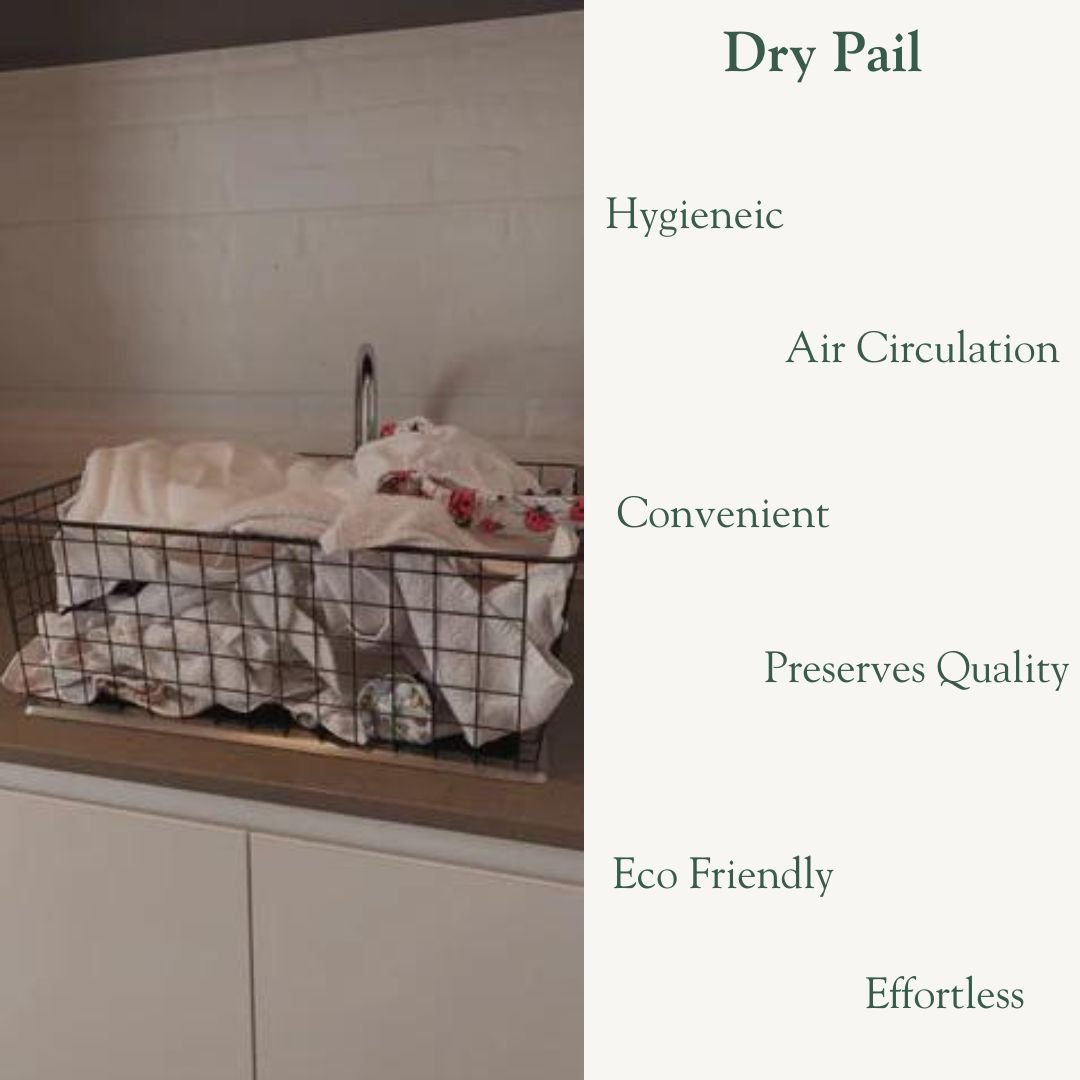
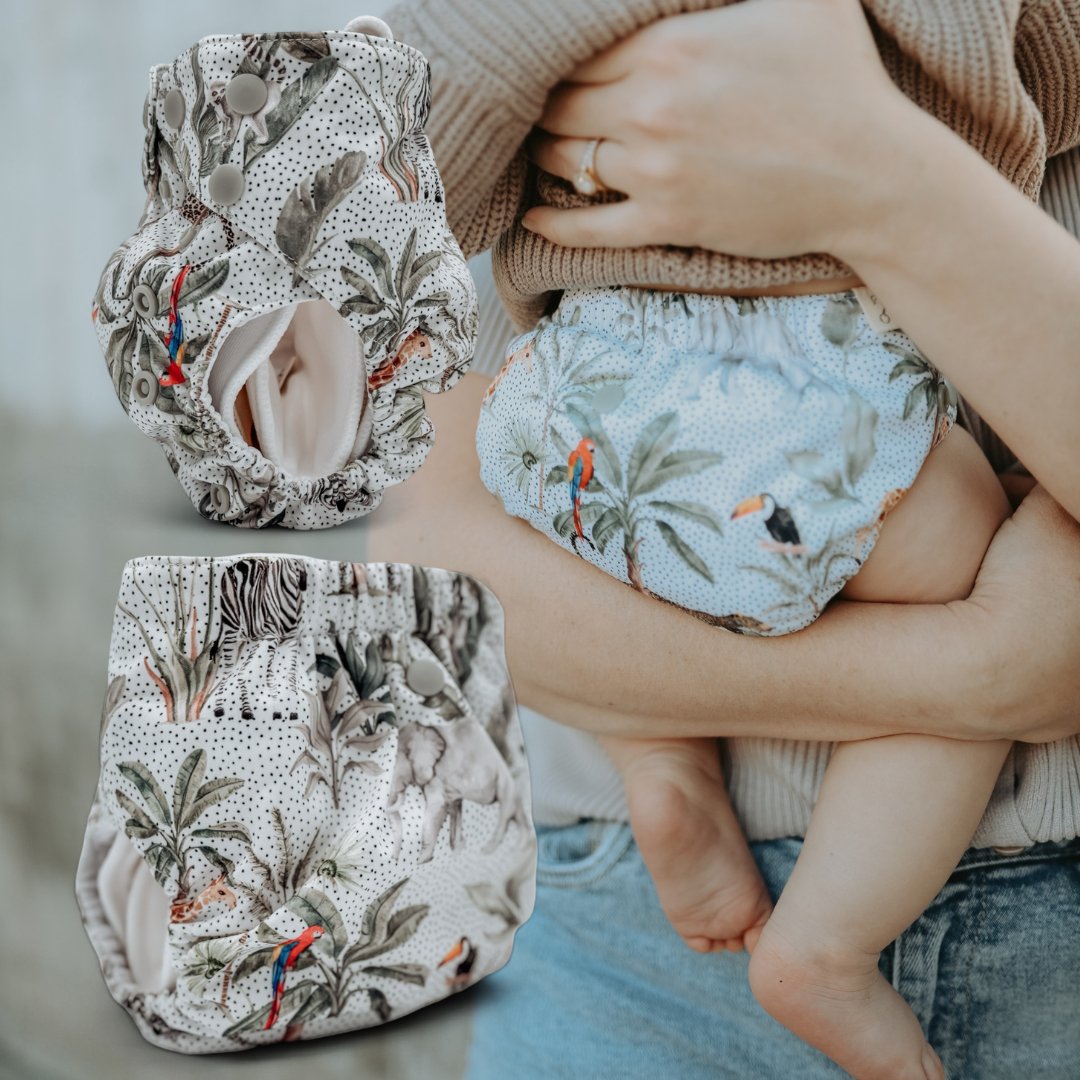




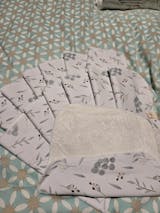
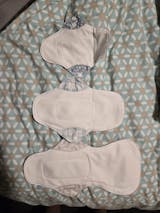
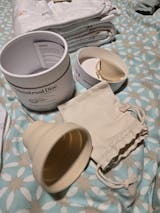
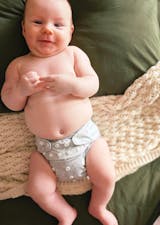
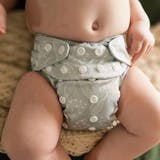
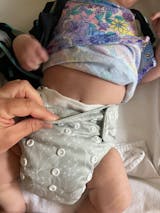
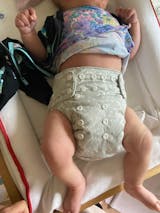
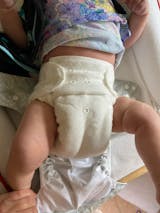
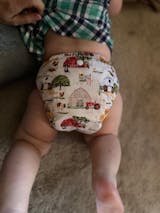
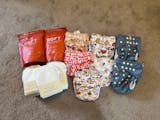
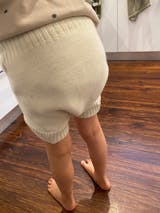

Leave a comment
All comments are moderated before being published.
This site is protected by hCaptcha and the hCaptcha Privacy Policy and Terms of Service apply.